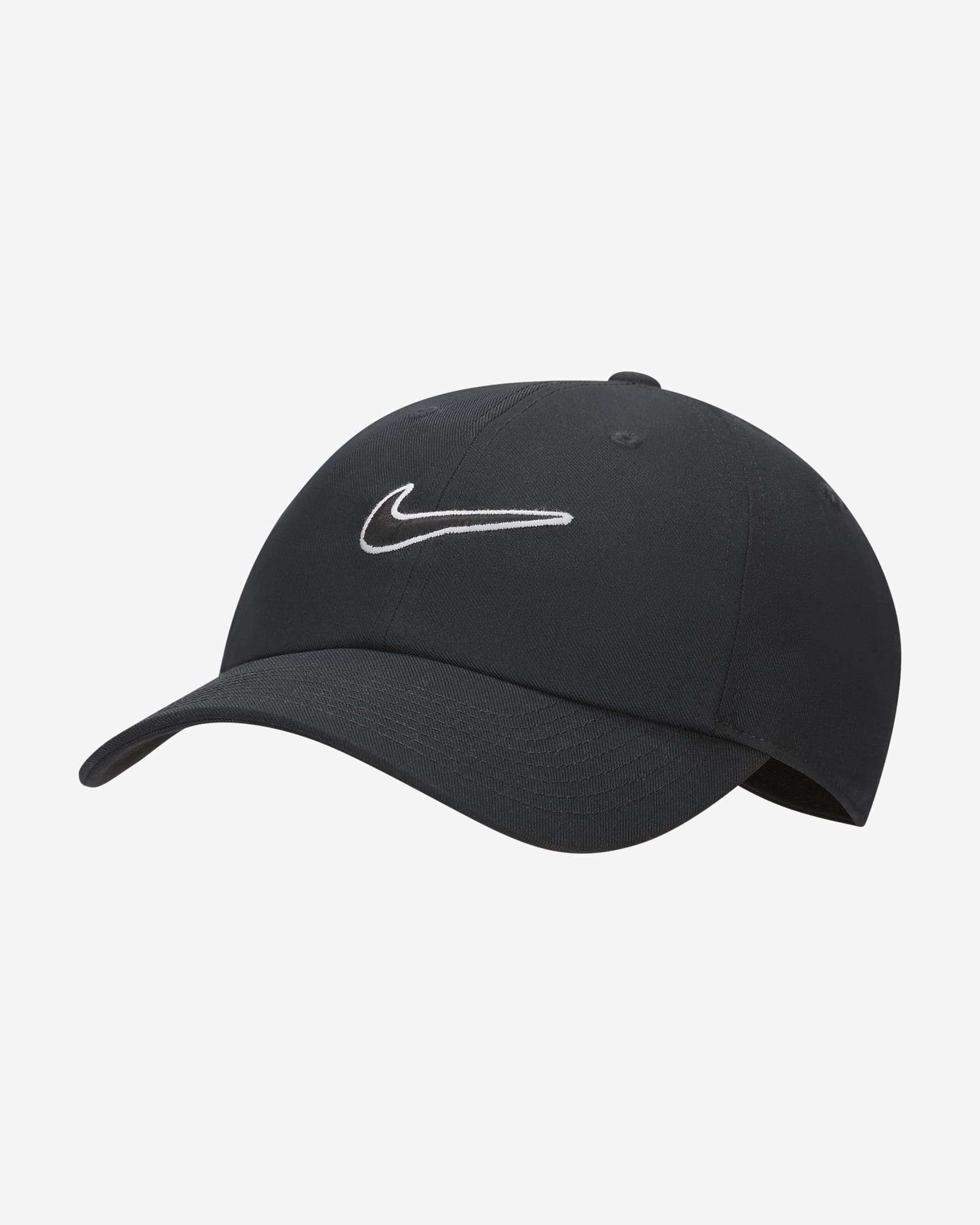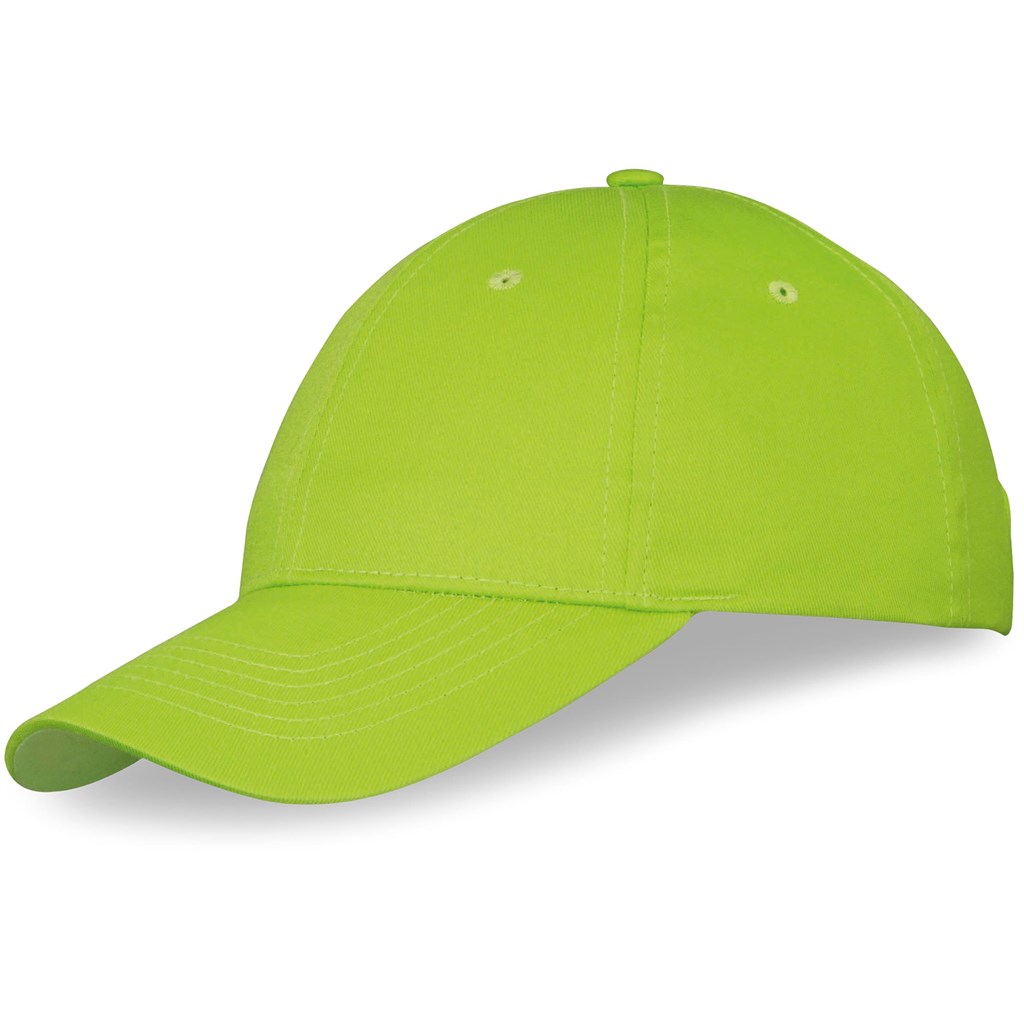- Get link
- X
- Other Apps
- Get link
- X
- Other Apps
Will A Cap From A 2006 Chevy Fit On A 2010? A Comprehensive Compatibility Guide Usedtruck.Truckstrend.Com

The seemingly simple question of whether a cap from a 2006 Chevy Fit will fit on a 2010 model is one that many car owners face when dealing with lost or damaged parts. It touches upon a core concept in automotive maintenance and repair: part interchangeability. Understanding whether parts are interchangeable between different model years of the same vehicle, or even different vehicles within the same manufacturer's lineup, can save you time, money, and frustration. This article will delve into the intricacies of cap compatibility between the 2006 and 2010 Chevy Fit, exploring the factors that determine whether a cap can be successfully swapped, the potential pitfalls, and offering practical advice for navigating the often-confusing world of automotive parts. We'll cover everything from gas caps and radiator caps to oil filler caps and even hubcaps, providing a comprehensive guide to ensure you find the right fit.
Defining the "Cap": Understanding the Different Types
Will A Cap From A 2006 Chevy Fit On A 2010? A Comprehensive Compatibility Guide
Before diving into compatibility, it's crucial to clarify what type of "cap" we're discussing. The Chevy Fit, like any vehicle, has several different types of caps, each serving a specific purpose and potentially having different compatibility requirements:
- Gas Cap: Seals the fuel tank, preventing fuel evaporation and maintaining fuel system pressure.
- Radiator Cap: Pressurizes the cooling system, raising the boiling point of the coolant and preventing overheating.
- Oil Filler Cap: Seals the engine oil filler opening, preventing oil leaks and contaminants from entering the engine.
- Hubcaps/Wheel Covers: Primarily cosmetic, covering the wheel's center section.
- Other Caps: This might include caps for washer fluid reservoirs, brake fluid reservoirs, or even decorative caps on interior components.

Each of these caps has different design specifications and functionalities. Therefore, the answer to whether a 2006 cap will fit a 2010 model will depend on the specific cap in question.
Key Factors Determining Cap Compatibility
Several factors influence whether a cap from a 2006 Chevy Fit will fit on a 2010 model:
- Part Number: This is the most reliable indicator of compatibility. If the part number for a specific cap (e.g., gas cap) is the same for both the 2006 and 2010 Chevy Fit, it is virtually guaranteed to fit.
- Model Year and Generation: The Chevy Fit underwent a generational change between 2006 and 2010. The first generation Fit was from 2001-2008, while the second generation was from 2008-2014. Therefore, parts are often not interchangeable. Even within the same generation, minor design changes can occur, affecting cap compatibility.
- Design Changes: Even if the model year seems compatible, manufacturers often make subtle design changes to components. These changes can affect the fitment of caps.
- Engine Type: While less common, certain caps might be specific to certain engine types within the same model year. If the 2006 and 2010 Fits have different engine options, it's crucial to verify that the cap is compatible with both.
- Aftermarket vs. OEM: Original Equipment Manufacturer (OEM) parts are manufactured by the vehicle manufacturer or their designated suppliers. Aftermarket parts are manufactured by third-party companies. While some aftermarket parts are designed to be direct replacements, the quality and fitment can vary. OEM parts are generally more reliable in terms of compatibility.


How to Check Cap Compatibility: A Step-by-Step Guide
Here's a step-by-step guide to determining if a cap from a 2006 Chevy Fit will fit on a 2010 model:
-
Identify the Cap: Determine precisely which cap you're referring to (gas cap, radiator cap, etc.).
-
Locate the Part Number: This is the most critical step. The part number is typically stamped on the cap itself. If the cap is missing or the part number is illegible, you can consult the owner's manual, a parts catalog (online or at a dealership), or an online auto parts retailer.
-
Compare Part Numbers: Once you have the part number from the 2006 cap, compare it to the part number for the same cap on a 2010 Chevy Fit. You can do this by:
- Using Online Auto Parts Retailers: Websites like RockAuto, AutoZone, Advance Auto Parts, and similar sites allow you to search for parts by vehicle year, make, and model. They will often list compatible parts and provide part numbers.
- Contacting a Chevy Dealership: A dealership parts department can quickly verify part numbers and compatibility.
- Consulting Online Forums: Chevy Fit owner forums can be a valuable resource. Search the forums for discussions about part interchangeability between the 2006 and 2010 models.
-
Consider the Generation: As mentioned earlier, be mindful of the generation. The first generation Fit ended in 2008, so a 2006 cap is likely incompatible with the 2010 model.
-
Evaluate Aftermarket Options (If Applicable): If you're considering an aftermarket cap, read reviews and check the manufacturer's compatibility information carefully.
-
Visual Inspection (With Caution): If the part numbers are similar but not identical, you might consider a visual comparison. However, this is not a foolproof method. Look for differences in size, shape, thread pattern (for threaded caps), and any other visible features. Never force a cap that doesn't seem to fit easily.
Potential Challenges and Solutions
-
Part Number Discrepancies: If the part numbers are different, it's generally best to assume the cap is not compatible. However, sometimes manufacturers supersede part numbers (replace an old part number with a new one). Contact a dealership or an auto parts expert to confirm if the new part number is a direct replacement for the old one.
-
Incorrect Fitment: If you attempt to install a cap and it doesn't fit properly (e.g., it's loose, too tight, or won't seal), do not force it. Forcing a cap can damage the cap itself, the filler neck, or the surrounding components.
-
Seal Issues: Even if a cap seems to fit, the seal might not be adequate. This is particularly important for gas caps and radiator caps, which need to create a tight seal to prevent leaks and maintain pressure. If you suspect a seal issue, replace the cap with one that is specifically designed for your vehicle.
-
Thread Differences: Caps that screw on, like gas caps and oil filler caps, can have different thread patterns. Forcing a cap with the wrong thread pattern can damage the threads on both the cap and the filler neck.
Tips for Ensuring a Proper Fit
- Always prioritize the correct part number. This is the most reliable way to ensure compatibility.
- Purchase from reputable sources. Buy OEM or high-quality aftermarket parts from trusted retailers.
- Read reviews and research the part thoroughly.
- When in doubt, consult a professional. A mechanic or parts specialist can help you identify the correct cap for your vehicle.
- Keep your old cap as a reference. Even if it's damaged, the old cap can be useful for comparison purposes.
Table: Chevy Fit Cap Information (2006 vs. 2010)
| Cap Type | 2006 Chevy Fit (Part Number - Example) | 2010 Chevy Fit (Part Number - Example) | Compatible? (Likely) | Notes | Approximate Price (USD) |
|---|---|---|---|---|---|
| Gas Cap | 17670-SAA-003 | 17670-SAA-003 | YES (Highly) | Assuming no changes to the fuel tank neck design. Verify part number. | $15 - $30 |
| Radiator Cap | 19045-RAA-003 | 19045-RAA-003 | YES (Highly) | Again, confirm part number. | $10 - $25 |
| Oil Filler Cap | 15610-RAA-000 | 15610-RAA-000 | YES (Highly) | Double-check part numbers. | $8 - $20 |
| Hubcap/Wheel Cover | Varies by Trim | Varies by Trim | NO (Likely) | Wheel designs often change between model years and trims. | $20 - $50+ (each) |
| Washer Fluid Cap | Typically Universal | Typically Universal | YES (Usually) | Usually a universal fit, but check for proper sealing. | $5 - $15 |
Disclaimer: Part numbers and prices are for illustrative purposes only and may vary depending on the specific source and trim level. Always verify compatibility before purchasing any parts.
Frequently Asked Questions (FAQ)
Q: How important is it to have the correct gas cap?
A: It's very important. A faulty or missing gas cap can cause fuel evaporation, leading to reduced fuel efficiency and increased emissions. It can also trigger the "check engine" light.
Q: Can I use a generic gas cap instead of an OEM one?
A: While some generic gas caps may fit, it's generally recommended to use an OEM or high-quality aftermarket gas cap designed specifically for your vehicle. This ensures a proper seal and prevents potential fuel system issues.
Q: What happens if I use the wrong radiator cap?
A: Using the wrong radiator cap can lead to serious engine damage. The radiator cap is designed to maintain a specific pressure in the cooling system. Using a cap with the wrong pressure rating can cause overheating or damage to the radiator hoses and other cooling system components.
Q: How do I know if my radiator cap is bad?
A: Signs of a bad radiator cap include coolant leaks around the cap, frequent overheating, and a loss of coolant.
Q: Where can I find the part number for a cap if it's not printed on the cap itself?
A: You can find the part number in your owner's manual, a parts catalog (online or at a dealership), or by contacting a dealership parts department.
Q: What does "OEM" stand for?
A: OEM stands for Original Equipment Manufacturer. It refers to parts that are manufactured by the vehicle manufacturer or their designated suppliers.
Conclusion
Determining whether a cap from a 2006 Chevy Fit will fit on a 2010 model requires careful consideration of several factors, primarily the part number and model generation. While some caps may be interchangeable, it's essential to verify compatibility before attempting to install a cap. Prioritizing the correct part number, purchasing from reputable sources, and consulting a professional when in doubt will help you ensure a proper fit and avoid potential problems. Remember that the difference in generations makes it more likely that parts will not be interchangeable. By following the guidelines outlined in this article, you can confidently navigate the world of automotive parts and keep your Chevy Fit running smoothly.
- Get link
- X
- Other Apps
Comments
Post a Comment